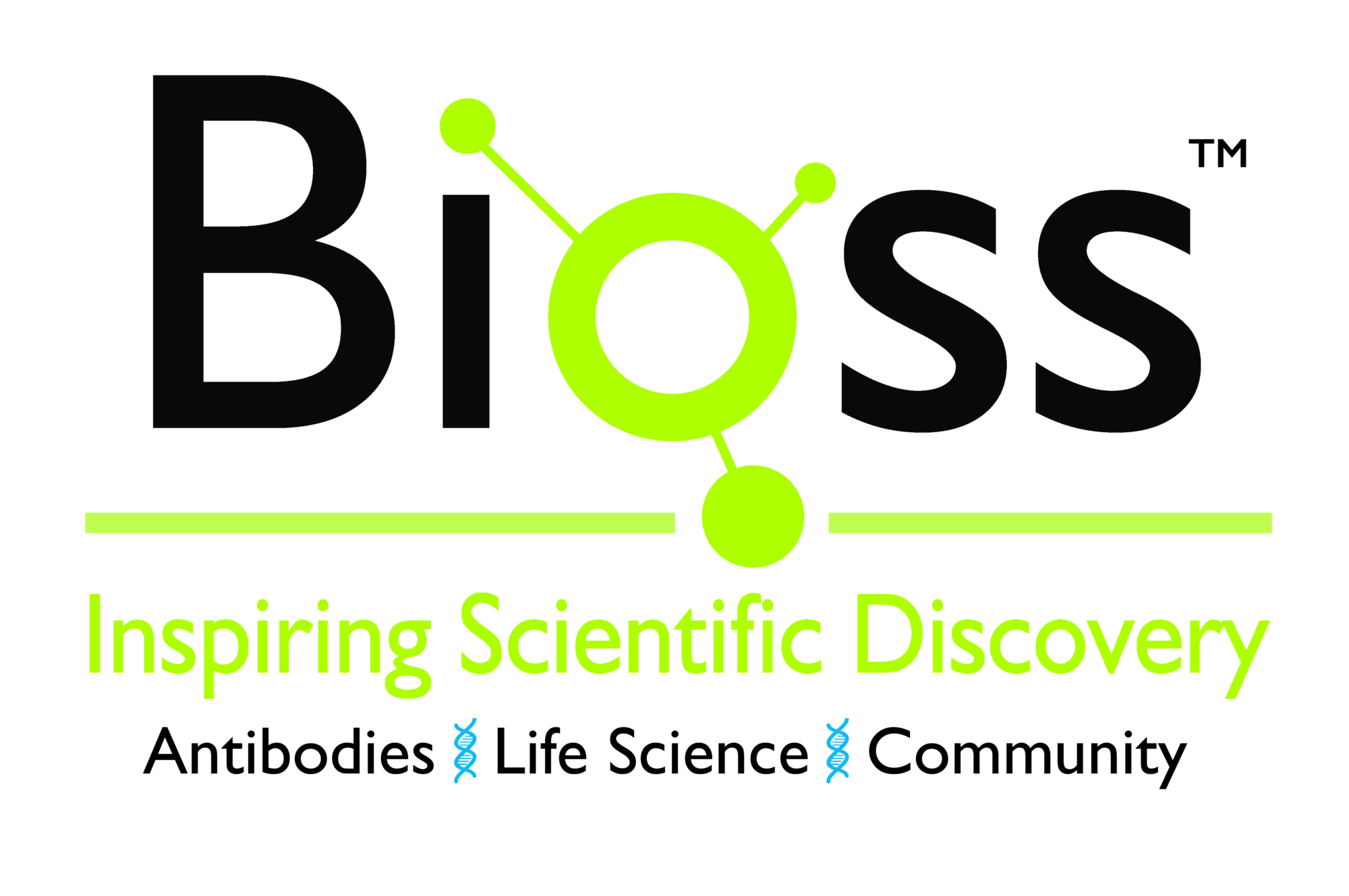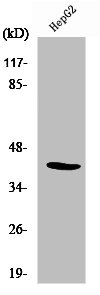anti-NFYA antibody
ARG66548
ApplicationsImmunoFluorescence, Western Blot, ImmunoCytoChemistry, ImmunoHistoChemistry, ImmunoHistoChemistry Paraffin
Product group Antibodies
TargetNFYA
Overview
- SupplierArigo Biolaboratories
- Product Nameanti-NFYA antibody
- Delivery Days Customer23
- ApplicationsImmunoFluorescence, Western Blot, ImmunoCytoChemistry, ImmunoHistoChemistry, ImmunoHistoChemistry Paraffin
- CertificationResearch Use Only
- ClonalityPolyclonal
- ConjugateUnconjugated
- Gene ID4800
- Target nameNFYA
- Target descriptionnuclear transcription factor Y subunit alpha
- Target synonymsCBF-A, CBF-B, HAP2, NF-YA, nuclear transcription factor Y subunit alpha, CAAT-box DNA binding protein subunit A, CCAAT-binding transcription factor subunit B, HAP2 CCAAT-binding protein, NFYA transcript, Transcription factor NF-Y, A subunit, nuclear transcription factor Y subunit A, nuclear transcription factor Y, alpha
- HostRabbit
- IsotypeIgG
- Scientific DescriptionThe protein encoded by this gene is one subunit of a trimeric complex, forming a highly conserved transcription factor that binds to CCAAT motifs in the promoter regions in a variety of genes. Subunit A associates with a tight dimer composed of the B and C subunits, resulting in a trimer that binds to DNA with high specificity and affinity. The sequence specific interactions of the complex are made by the A subunit, suggesting a role as the regulatory subunit. In addition, there is evidence of post-transcriptional regulation in this gene product, either by protein degradation or control of translation. Further regulation is represented by alternative splicing in the glutamine-rich activation domain, with clear tissue-specific preferences for the two isoforms. [provided by RefSeq, Jul 2008]
- Storage Instruction-20°C
- UNSPSC12352203






